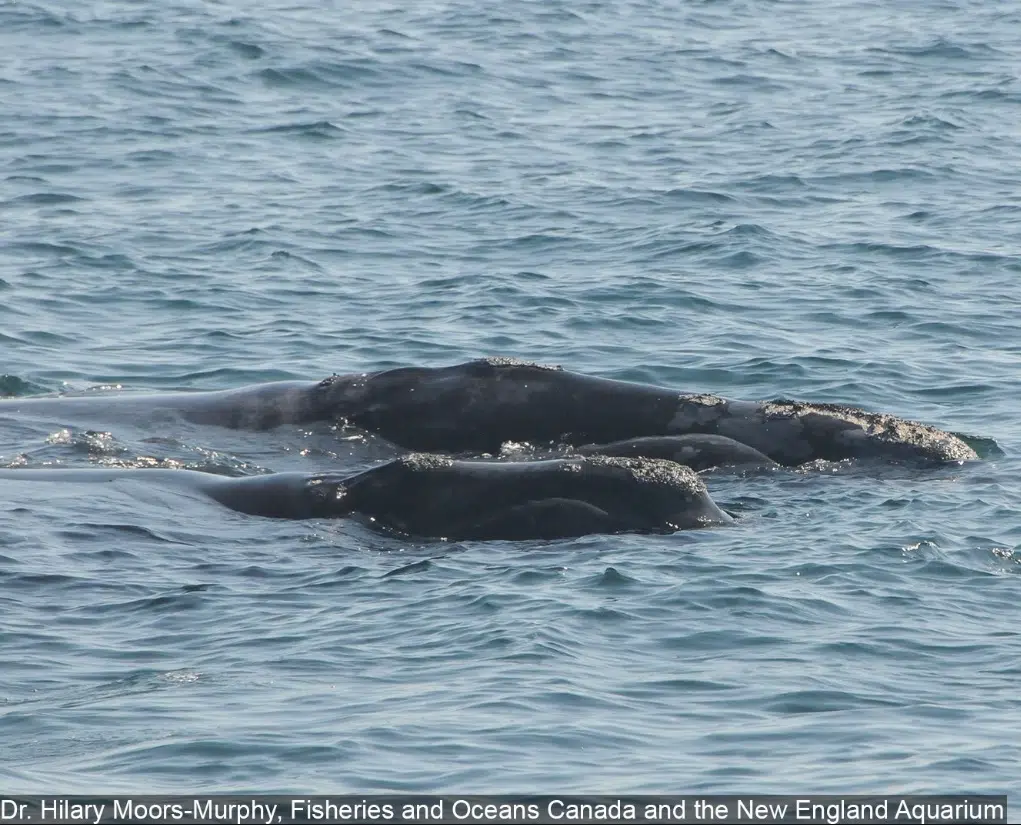
(Courtesy of Department of Fisheries and Oceans)
The North Atlantic Right Whale has been on the move from its traditional feeding grounds in the Bay of Fundy to the Gulf of St. Lawrence since 2010.
Department of Fisheries and Oceans officials believe the depletion of plankton in one body of water compared to the other is the main reason.
DFO spokesperson Adam Burns says harvesters in the Gulf region have not been accustomed to dealing with whales.
“Harvesters in the Bay of Fundy have been working on ways to co-exist with North Atlantic Right Whales for a lot longer than what we’ve being having to do in the Gulf of St. Lawrence,” he noted.
Burns says the measures and the approach between the two bodies of water are different but he adds they are trying to learn best practices from the Bay of Fundy where applicable.
DFO spokesperson Matthew Hardy says it’s been difficult for officials to track the movements of right whales in the Gulf.
“Right whales had a real pattern of consistently going back to the same relatively well-defined geographic area (in the Bay of Fundy). We have not seen that kind of settling into a well-defined pattern in the Gulf at this time. We continue to have a lot of variation,” he added.



